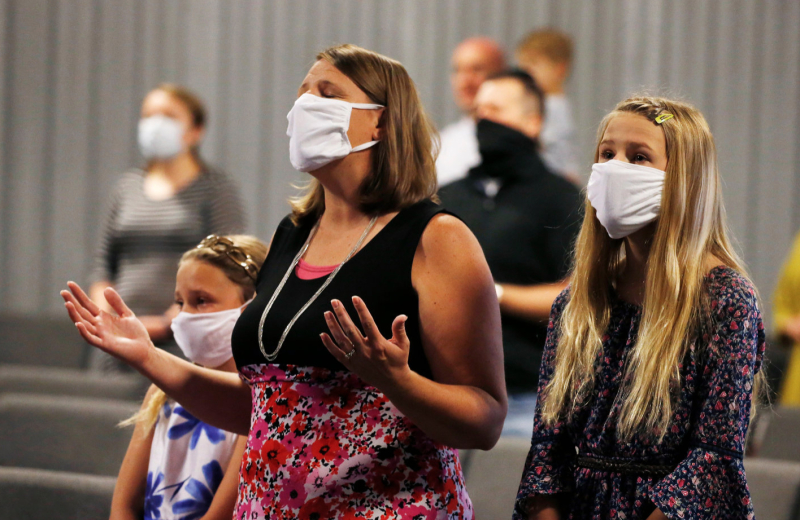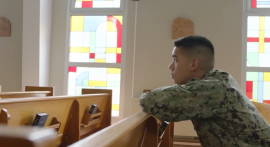
A new MIT study highlights the factor of time versus distance in social distancing rules that were meant to protect people against COVID-19.
A revelatory new study from researchers at the Massachusetts Institute of Technology is challenging the way authorities are establishing social distancing guidelines in the continued fight against COVID-19.
The study argued that those who are distancing for 60 feet are no more protected than those who stay away for just six feet. Researchers of the new MIT study believe that scientific information, especially regarding the pandemic, must be presented to the public in a way that isn't fear mongering, but fact and analysis based.
According to FOX News, MIT professors Martin Bazant and John Bush found in their study that people who stay 60 feet away from the next person indoors are just as safe as the person who stays six feet away from the next person, even if they are wearing face masks. This new MIT study challenges social distancing guidelines not only in the U.S. but all over the world.
Bazant, a chemical engineering and applied mathematics professor and Bush, an applied mathematics professor, came together to develop a method of calculating exposure risk to COVID-19 indoors.
They outlined several factors that could affect transmission, including the time a person spends indoors, air filtration and circulation, immunization, variant strains, the use of masks, and also respiratory activity like breathing, speaking, eating, or singing.
The peer-reviewed MIT study that was published in Proceedings of the National Academy of Science of the United States of America shows evidence that the six-foot rule "has no physical basis because the air a person is breathing while wearing a mask tends to rise and comes down elsewhere in the room so you're more exposed to the average background than you are to a person at a distance," Bazant told CNBC.
"I think if you run the numbers, even right now for many types of spaces, you'd find that there is not a need for occupancy restrictions," Bazant said.
This alone questions the effectiveness and legitimacy of government-mandated occupancy limits, particularly those authorities heavily imposed on churches and in-house worship gatherings. Six-feet distancing rules, such as those that closed places of worship and family-friendly places like restaurants, are "just not reasonable," Bazant added.
The MIT professors believe that social distancing rules does not really help keep people safe "that much" and instead gives a "false sense of security." The MIT study showed that the socially distant person at six feet is just as likely as the person who is socially distant at 60 feet to get COVID-19 because the time spent indoors is a bigger factor than distance.
"What our analysis continues to show is that many spaces that have been shut down in fact don't need to be," Bazant argued. He even pointed out how there was a lack of scientific analysis for reduced capacity as part of social distancing rules in public spaces. Instead, Bazant and Bush were to focus on time spent inside.
But what about outside?
Bazant said that outdoor air is "very unlikely to cause transmission" due to airflow and that is true as according to him, "There are very few recorded instances of outdoor transmission."
The MIT study authors also believe that crowded spaces outdoors offer a low risk of COVID-19 transmission if people are maintaining a "reasonable" three-feet distance from each other - not six feet minimum as has always been pushed by authorities.
They argued that emphasis on social distancing rules from the start had been "misplaced" by the CDC or WHO, who both "never really provided justification" for their social distancing recommendations.
The study suggests that opening windows or installing new fans will be just as effective as installing new air filtration system.





















